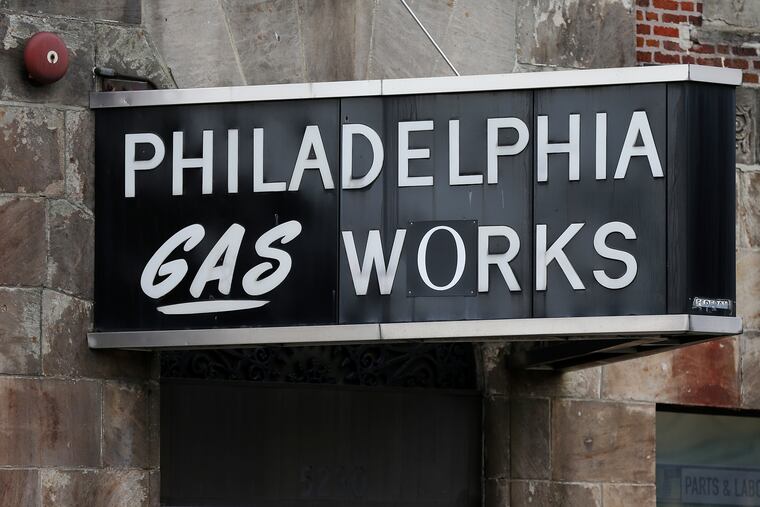PGW proposes to cap its weather normalization charge to prevent future billing mayhem
The city's gas utility has asked a regulator to approve the cap after many customers got slammed with big heating bills.

Philadelphia Gas Works wants to cap its monthly weather normalization adjustment to prevent the excessive charges that caused thousands of heating customers to get massive bills after an abnormally warm May.
The city-owned natural gas utility has asked the Pennsylvania Public Utility Commission (PUC) to quickly approve the change, which would cap the weather normalization charge at no more than 25% of a customer’s monthly delivery charges. The delivery charges account for a portion of a typical residential bill, so the cap would effectively limit the weather charge to a fraction of the total bill.
Some PGW residential customers in June got bills in excess of $200 for May usage, including weather charges that were more than five times their monthly delivery charges. Some commercial customers got hit with charges of about $500.
» READ MORE: Why did many Philly gas customers get hit with ‘outrageous’ heating bills?
PGW agreed to refund about $12.4 million in excessive weather normalization charges after many of its 520,000 customers took to social media to complain.
The weather normalization adjustment (WNA), which has been in place for 20 years, allows the gas company to stabilize its finances by adding or crediting dollars to consumer bills when the weather diverges from historical averages. When it’s warm, as it was in May, it allows PGW to boost customer bills to generate more revenue. PGW is one of only two Pennsylvania gas utilities that has a weather charge.
In a report posted Monday on the PUC’s website, PGW said the excessive charges were the result of “unprecedented” warm weather patterns in May, and not a problem with the underlying formula it uses to calculate the charge for each customer. “In this investigative review, PGW did not identify a misapplication of or error in applying the long-standing WNA formula,” it said.
PGW, as a nonprofit municipal utility, said the weather charge is “essential to PGW’s fiscal health” and wanted to keep the mechanism in effect. “The use of a percentage cap on the WNA for each bill is a straightforward solution that will be utilized while keeping the WNA otherwise intact,” the company said in its filing.
The utility asked the PUC to approve the changes on short notice at its Sept. 15 meeting in order to implement the changes before Oct. 1. The weather normalization adjustment applies to gas usage from October through May.
The complicated formula that PGW uses to calculate the weather normalization adjustment generates a unique amount for each customer and changes with each billing cycle, depending upon PGW’s calculation of each customer’s expected heating usage and how much the weather deviated from normal during the billing cycle. Billing cycles are staggered based on the most recent meter readings.
The WNA kicks in only when the temperature deviates from a 20-year historical average during any customer’s billing cycle.
The difference in weather charges was dramatic for customers with billing cycles that were just days apart, according to data PGW filed with the state regulator. Customers with a billing cycle ending June 7 were hit with an average $3.95 charge. Customers with a billing cycle ending June 8 received an average $50.05 weather charge. Customers whose billing cycles ended on June 10 got hit with an average $87.28 weather charge.